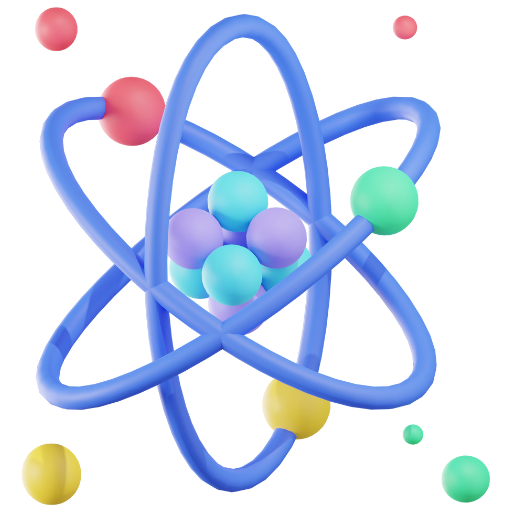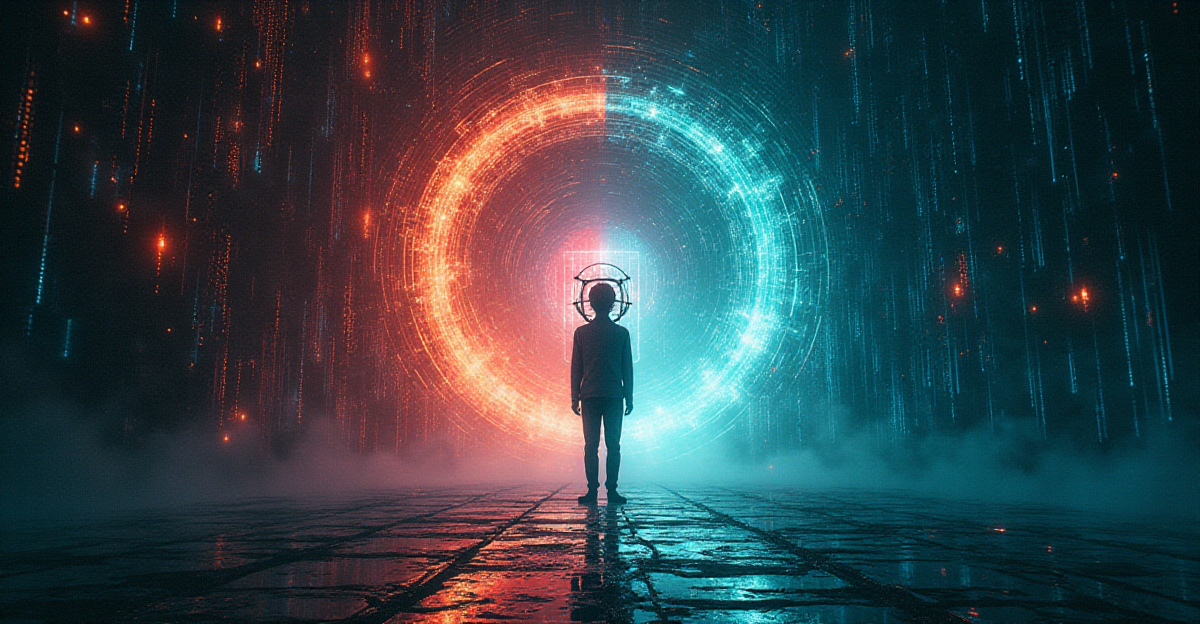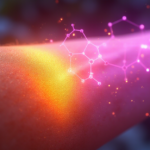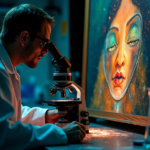AI and Ethical Considerations: What Science Teachers Need to Know

From data privacy to the possible biases in AI models, ethical questions are developing as artificial intelligence increasingly permeates science and education. This post will go over major ethical issues and talk about how teachers could present these subjects to their students. Talking ethics in artificial intelligence with students seems to inspire critical thought on ...
Read MoreTop AI Tools for Helping Students with Science Homework

Particularly in scientific classes, artificial intelligence is altering how students finish their homework. I will discuss in this post the top artificial intelligence solutions available to help with challenging scientific homework tasks. For both teachers and students, these resources are priceless for everything from clarifying difficult ideas to working through equations. Why Use AI for ...
Read MoreCan AI Think Like Humans? Exploring the Evolution of Artificial Intelligence

Beginning with Alan Turing’s 1950 investigation, researchers have been enthralled for decades with whether artificial intelligence can think like humans. From the inception of the Turing Test to contemporary AI systems like GPT-4, I examine the evolution of artificial intelligence in this paper. Many question if machines can really think or just replicate knowledge given ...
Read MoreChatGPT vs Doctors: Could AI Bring About the End of Doctors?

Particularly in diagnostics, artificial intelligence is transforming the medical field. Analyzing enormous volumes of medical data and symptoms, AI systems such as ChatGPT can possibly detect diseases with more accuracy than human doctors. Having attentively watched AI developments, I can observe how this technology is revolutionizing healthcare. The ability of artificial intelligence in disease diagnosis ...
Read MoreThe Future of AI in Healthcare

The developing influence of artificial intelligence technology in healthcare is investigated in this article. Introduction to AI in Healthcare Ever wonder how artificial intelligence is altering the medical field? Artificial intelligence in healthcare is changing our approach to patient care, treatment, and medical diagnosis. It’s a fast changing reality with major ramifications for the healthcare ...
Read MoreHow ChatGPT Works: Unveiling the Technology Behind AI Models
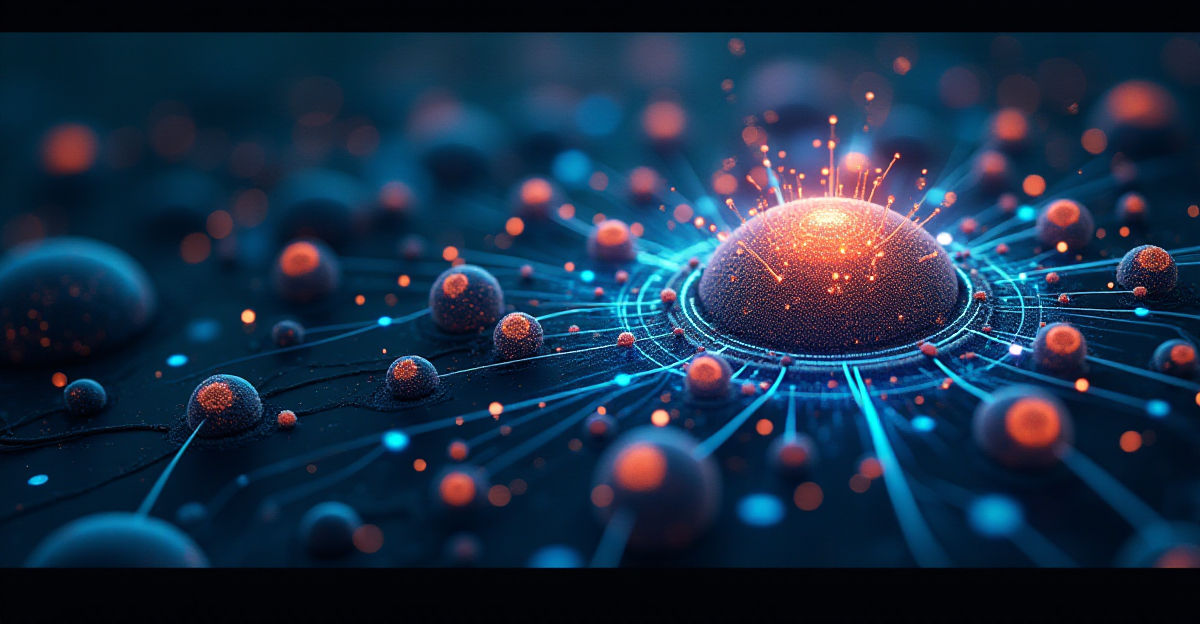
Since 2018, ChatGPT and other AI models have transformed the area of artificial intelligence by attracting interest in several spheres. This work investigates “how ChatGPT works,” or, in other words, “how AI models operate,” by analyzing the Generative Pretrained Transformer (GPT) technology and neural networks driving them. Inspired by personal interest in artificial intelligence breakthroughs, ...
Read MoreIs AI Overhyped or Truly Revolutionary? Exploring the Future of Artificial Intelligence

The discussion on whether AI is overhyped or truly revolutionary has taken the stage in the technologically advanced setting of today. The existing use of artificial intelligence coupled with its successes, moral and legal conundrums, and pragmatic applications is reviewed in this work. We look at the opportunities for artificial intelligence to revolutionize numerous fields ...
Read MoreTaming the AI Beast: How Retrieval-Augmented Generation (RAG) Fights Hallucinations
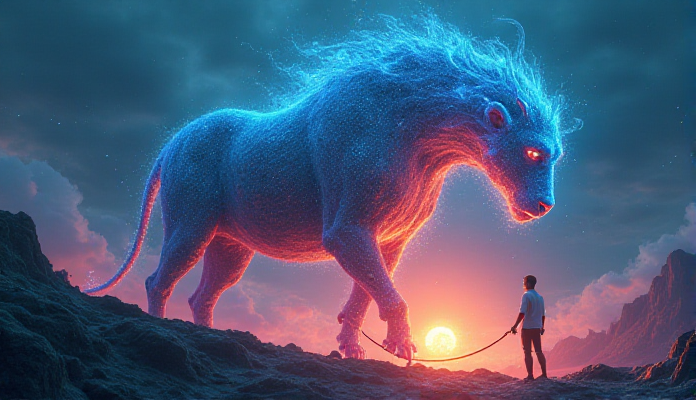
Imagine an artificial intelligence that not only knows your inquiries but also where to locate the precise data to properly respond. Retrieval-Augmented Generation (RAG), a novel method challenging artificial intelligence’s infamous inclination to “hallucinate,” or manufacture knowledge, has great power. RAG gives AI interactions fresh degree of accuracy and context by combining the information retrieval ...
Read More